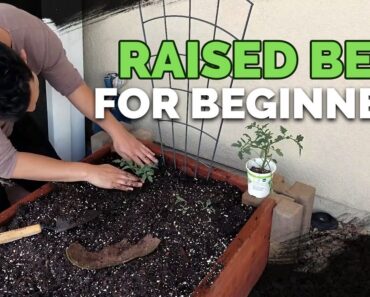To many people, building a bunker may seem like an extreme hobby. That is before the weather turns and tornadoes develop. The main reason why people build bunkers is to provide protection from tornadoes and hurricanes, as well as chemical and biological weapons.
Bunkers offer secure locations, especially in emergencies. The reasons for building a bunker determine its planning and construction.
Tips for building an underground bunker
7) Survey the area where you plan to build the bunker. The bottom of the bunker is required to be a safe distance from the water table to prevent flooding in the bunker.
Research local and federal building regulations to determine restrictions and permit requirements for your locality. If you live in a rural area, you still need to consult local building codes to prevent problems with local authorities.
6) Dig a hole, which should be two feet deeper than the bunker container, a foot wider on three sides and four feet wider at the front of the container to allow room for the front door and entryway. Fill the bottom of the hole with six inches of pea gravel.
5) Weld the two wide doors at the end of the container to seal it completely. Some people use fuel tanks as bunker containers. These tanks can be used as bunker containers if they are cleared of dangerous fumes and toxins.
Cut a doorframe on the narrower side of the container then dig a hole near the door. Make sure you leave enough space between the doorframe and the hole for the sump pump. The sump pump is for removing excess water in case of flooding.
4) Once you cut the doorframes, install pre-hung steel doors in the doorframes. Use a soldering gun to seal the top, bottom, and sides of the doorframes. Create ventilation holes in the top of the container by cutting through the container and connecting air vents and a fan to the holes using nuts and lock washers. Use a soldering iron to seal off the edges.
This prevents water and dust from leaking into the bunkering unit. Use appropriate equipment such as a forklift, to lift the bunker container into the hole. Alternatively, hire a septic tank company to do this job for you.
3) Once the container is in the hole, drill two-inch holes into the sides of the container and insert electrical conduits and PVC pipes. Use silicone caulking to seal the spaces between the pipes and the conduits.
The PVC and conduit lines will be used to connect the bunker to an electrical source and plumbing. Make sure the tops of the pipes are capped to avoid clogging.
2) Frame a stairway into the bunker. The stairway can be made with plywood or concrete. Plywood looks appealing. However, concrete is more durable. The entryway or the area around the front of the stairway should be left open.
1) Cover the top of the container with dirt then sod or using corrugated metal. Dirt and sod are more effective in “hiding” the bunker from view. Corrugated metal helps prevent moisture from leaking into the bunker.






